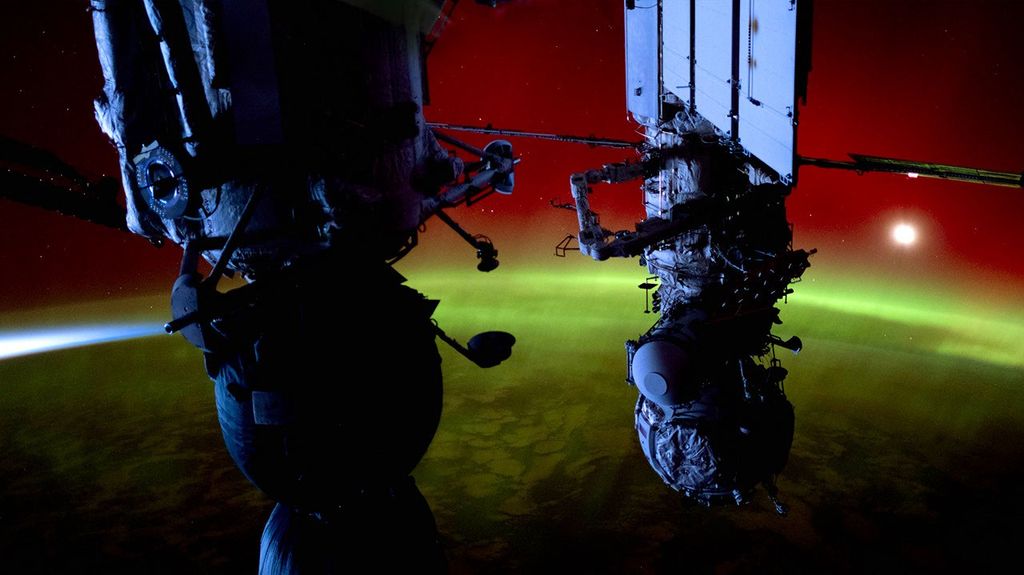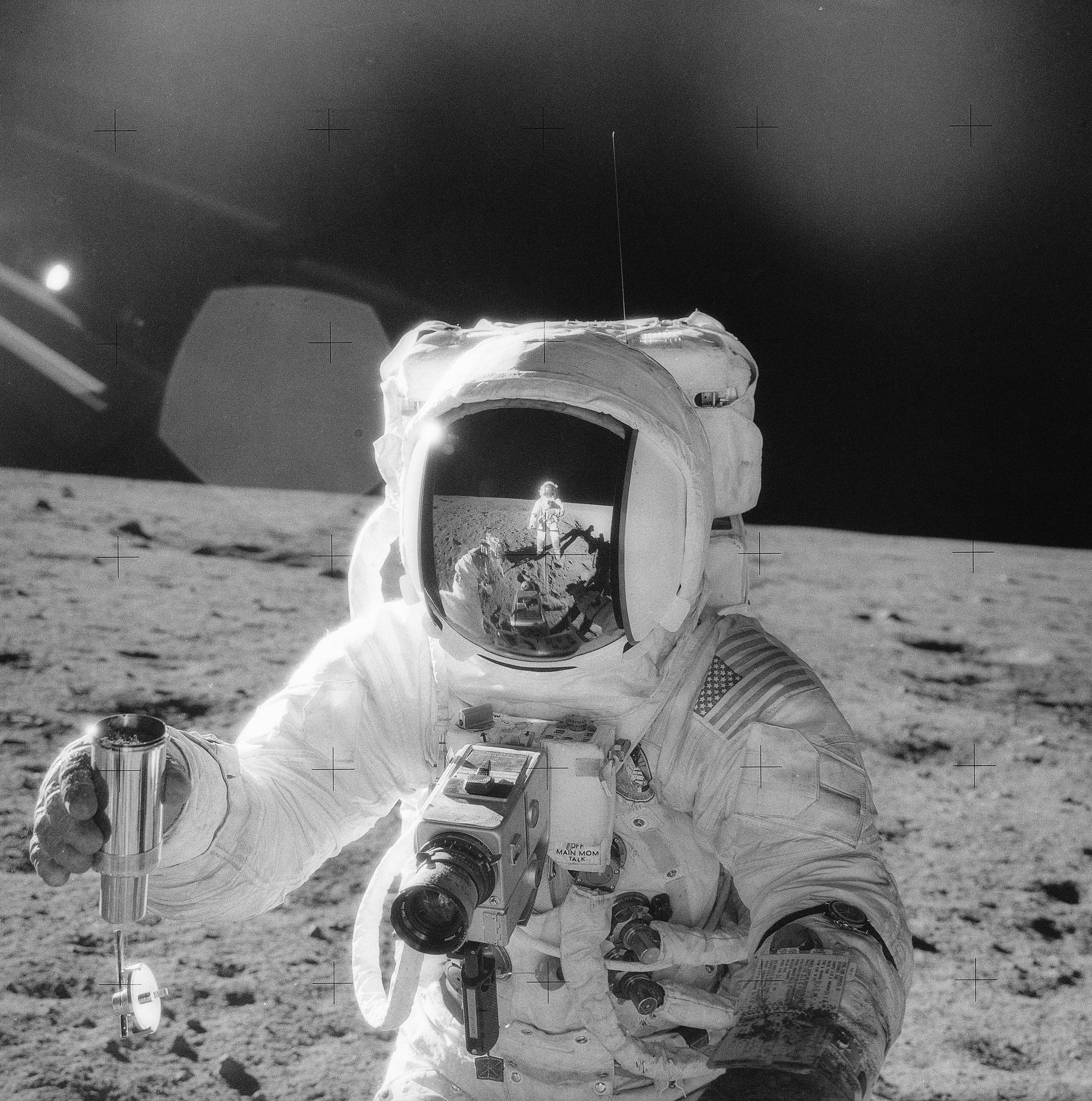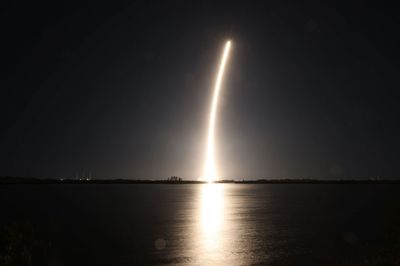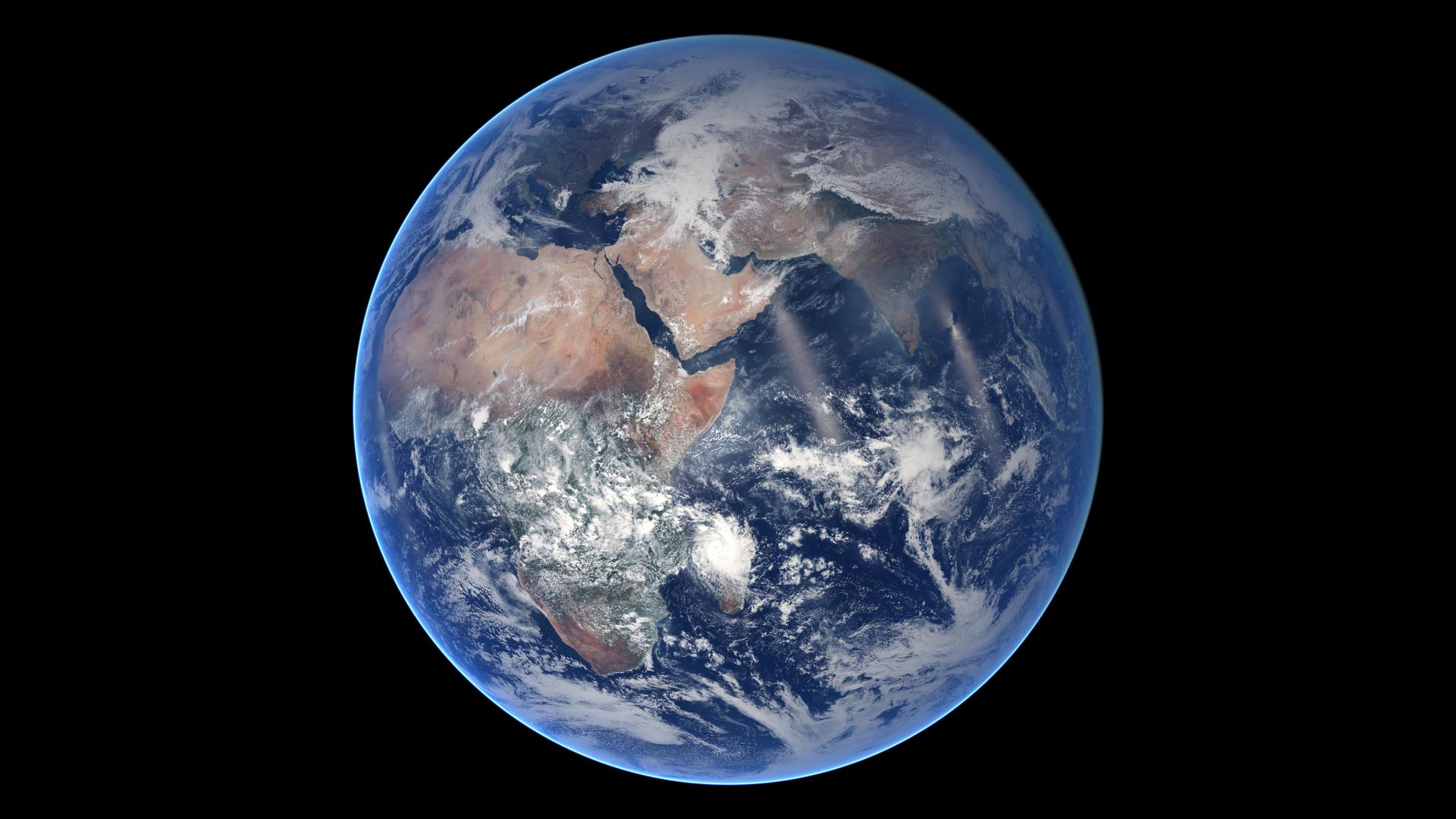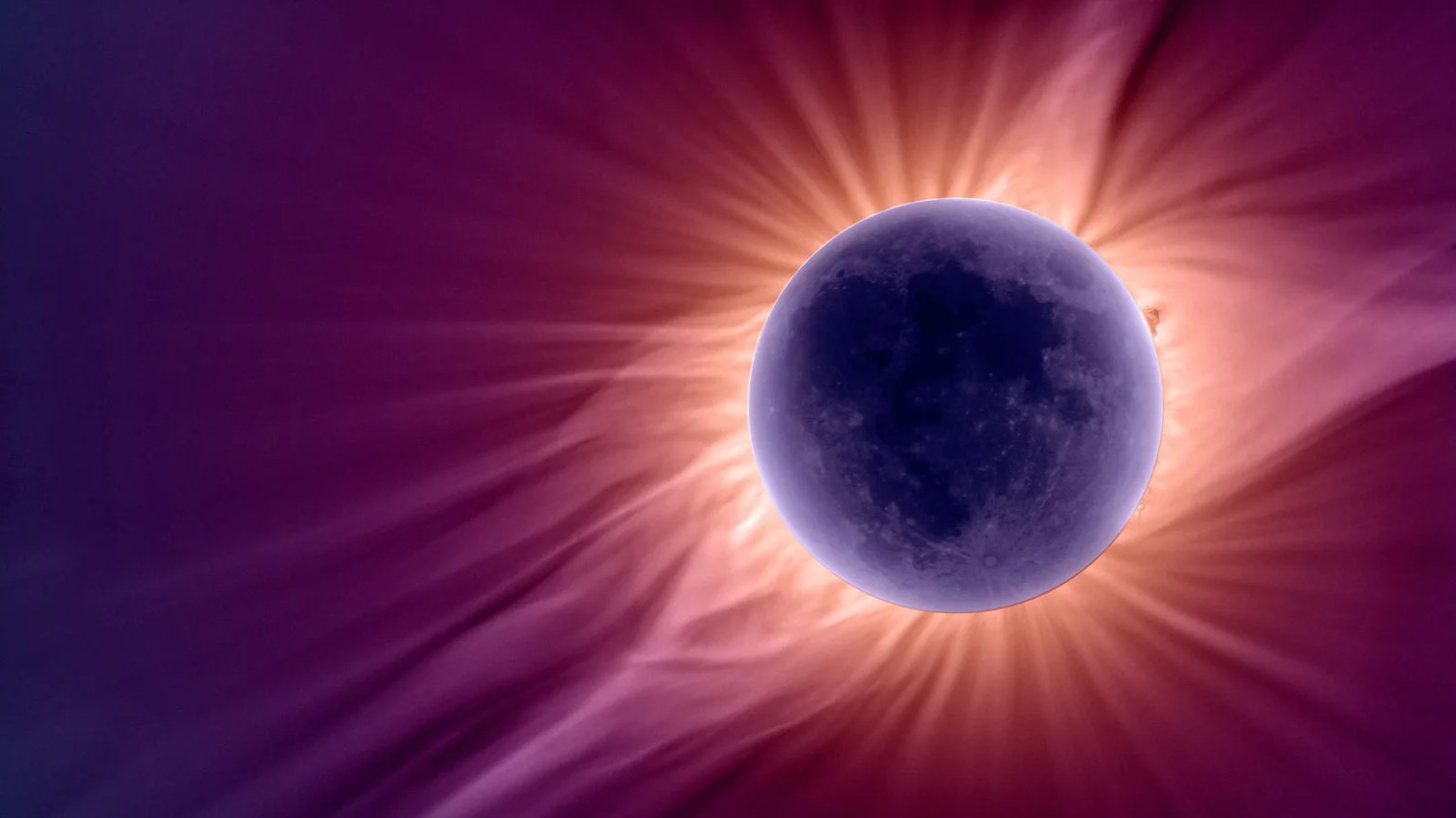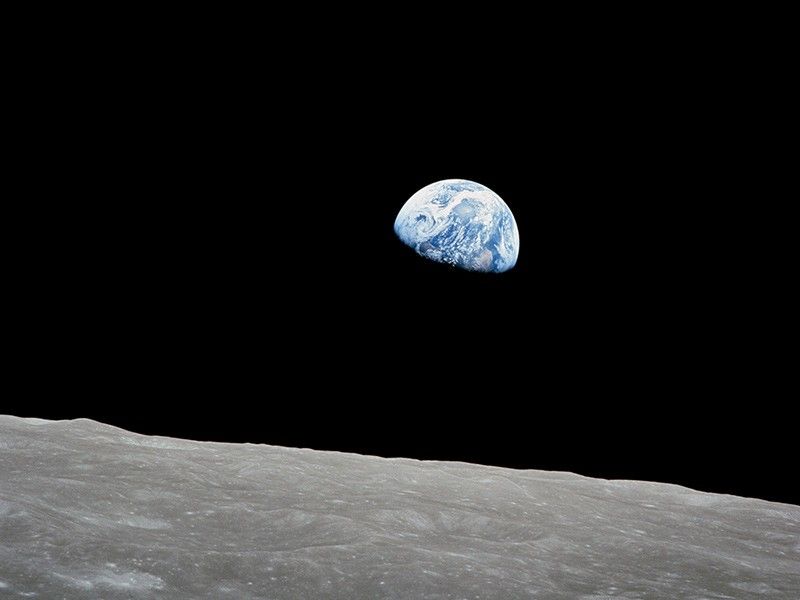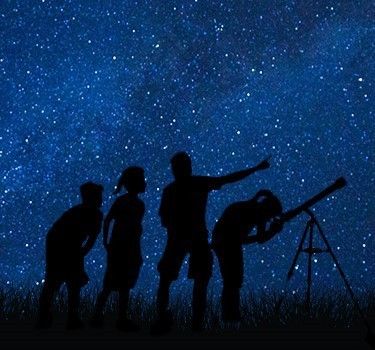From Apollo to Artemis
While the Moon has always been an object of wonder and scientific interest to humanity, lunar exploration began in earnest in the 1950s, with the United States and the USSR developing and launching robotic spacecraft. In 1959, the USSR's Luna 1 was the first spacecraft to fly by the Moon. In 1966, Luna 9 achieved the first soft landing and in 1969, the U.S.'s Apollo 11 achieved the first human landing. In the decades since, many nations have contributed to lunar orbiters and landers. As of January 2024, four nations have successfully landed on the Moon (USSR, United States, India, China).
During the Apollo missions of 1969–1972, 12 American astronauts walked on the Moon and used a Lunar Roving Vehicle to travel on the surface and extend their studies of soil mechanics, meteoroids, lunar ranging, magnetic fields, and solar wind. The Apollo astronauts brought back 382 kilograms (842 pounds) of rock and soil to Earth for study.
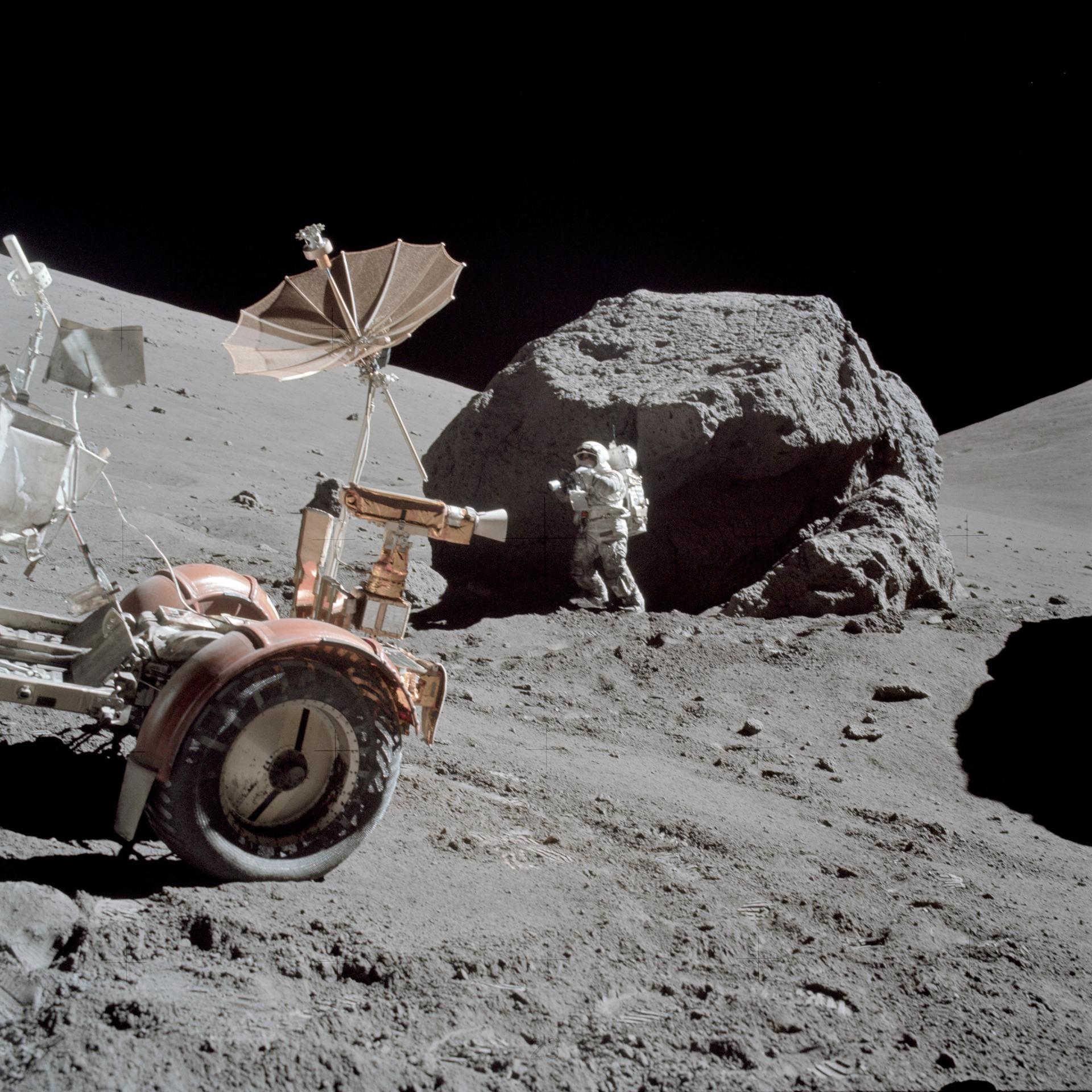
After a long hiatus, NASA's lunar exploration resumed in the 1990s with the U.S. robotic missions Clementine and Lunar Prospector. Results from both missions suggested that water ice might be present at the lunar poles, but a controlled impact of the Prospector spacecraft produced no observable water. The U.S. began a new series of robotic lunar missions with the joint launch of the Lunar Reconnaissance Orbiter (LRO) and Lunar Crater Observation and Sensing Satellite (LCROSS) in 2009. In 2011, a pair of repurposed spacecraft began the Acceleration, Reconnection, Turbulence, and Electrodynamics of the Moon’s Interaction with the Sun (ARTEMIS-THEMIS) mission. In 2012, the Gravity Recovery and Interior Laboratory (GRAIL) twin spacecraft studied the Moon’s gravity field and produced the highest-resolution gravity field map of any celestial body.
In March 2019, NASA announced plans to send U.S. astronauts back to the surface of the Moon with the Artemis missions. In November 2022, Artemis I successfully conducted the first integrated flight test of the Orion spacecraft and the Space Launch System rocket. The Artemis II crew is currently training for their flyby of the Moon.
› View the Full List of Lunar Missions
-
Artemis II Science
In early 2026, four astronauts will venture beyond the Moon.
During their flyby mission, the Artemis II crew will conduct a lunar observation campaign and contribute to a suite of biological & physical science experiments.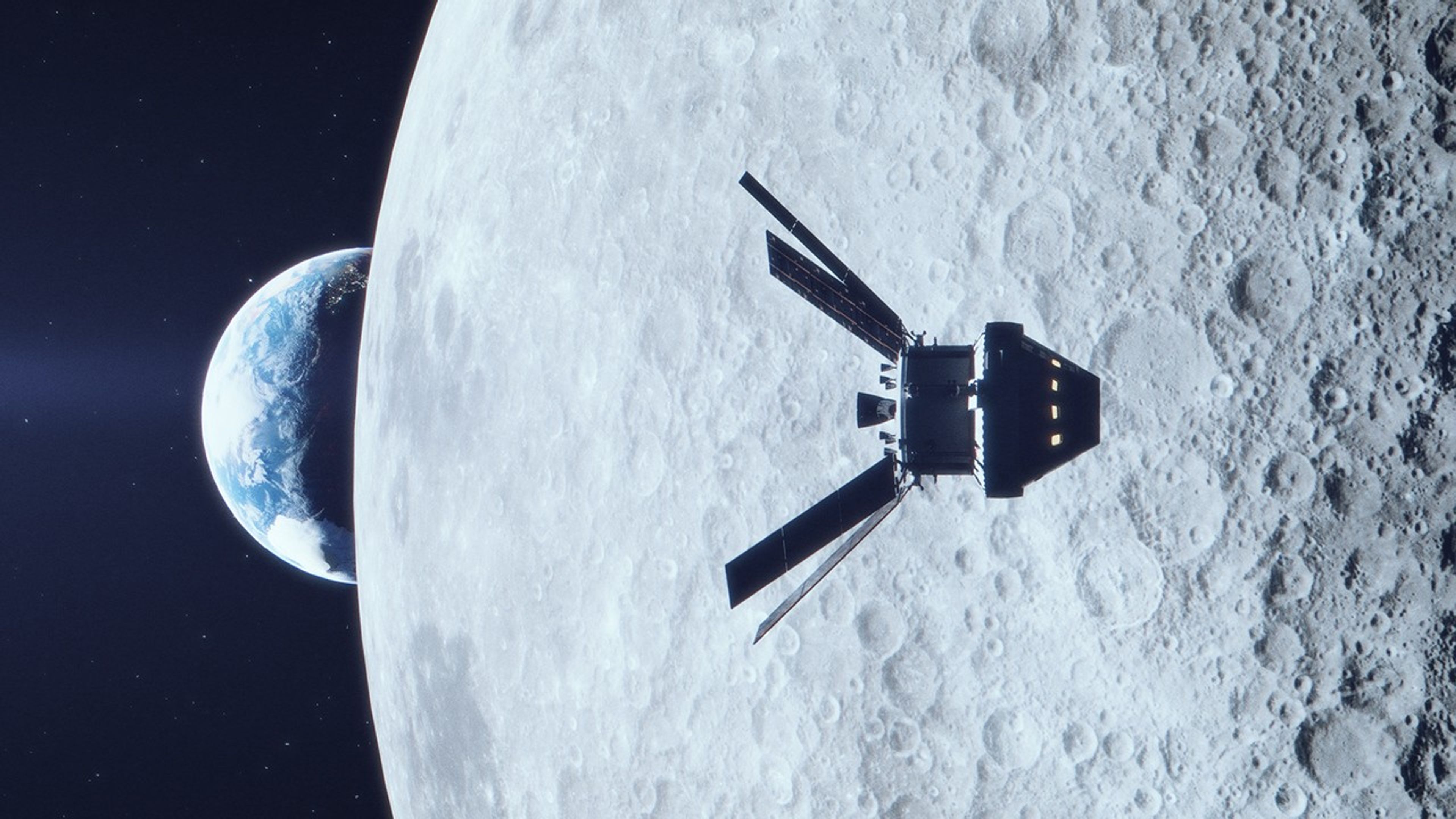 NASA
NASA -
Artemis Campaign Overview
Humanity is going to the Moon — to stay.
Here's how NASA plans to establish a sustainable human presence on the lunar surface with the Artemis missions.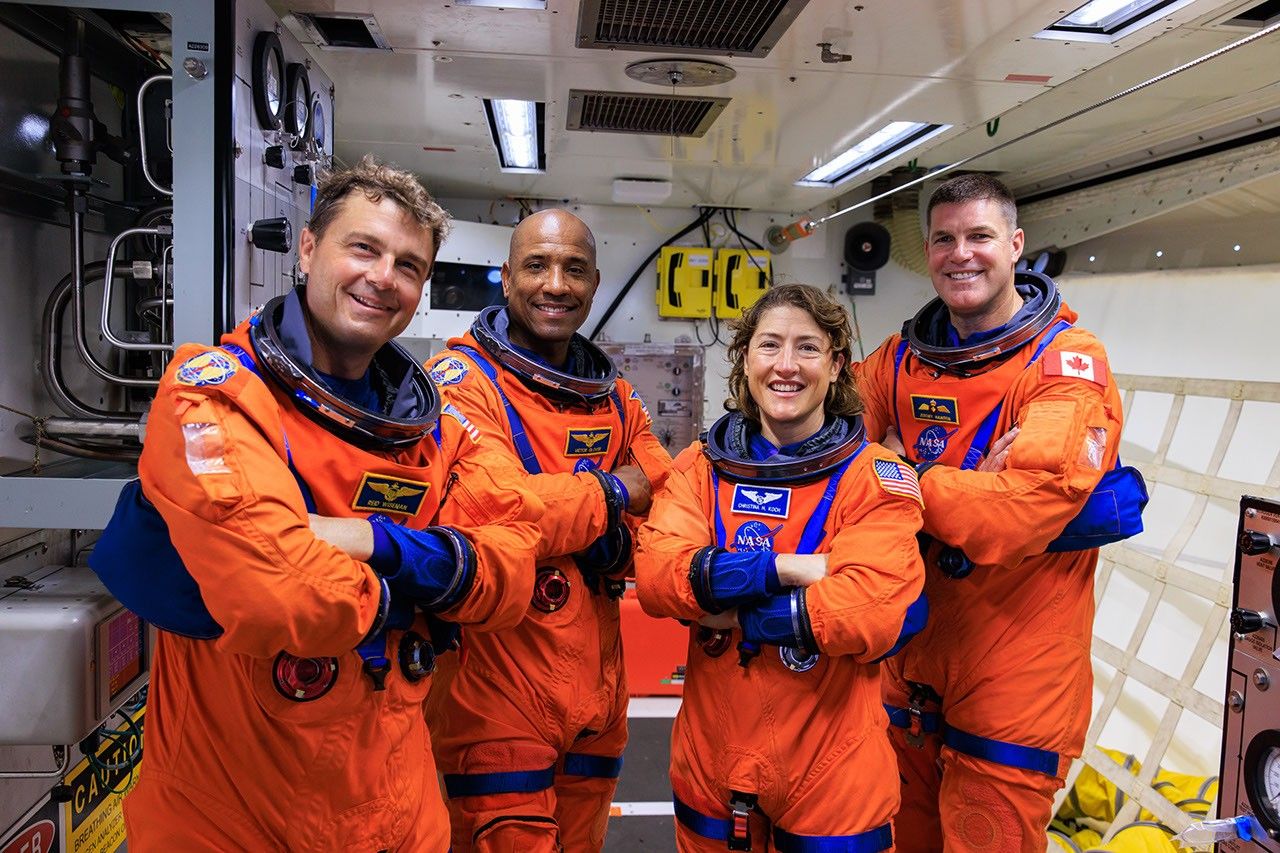 NASA/Frank Michaux
NASA/Frank Michaux -
Past Moon Missions
Here are the major missions launched to the Moon so far.
Dozens of spacecraft have supported humanity's quest to learn from, and explore, our nearest neighbor in space.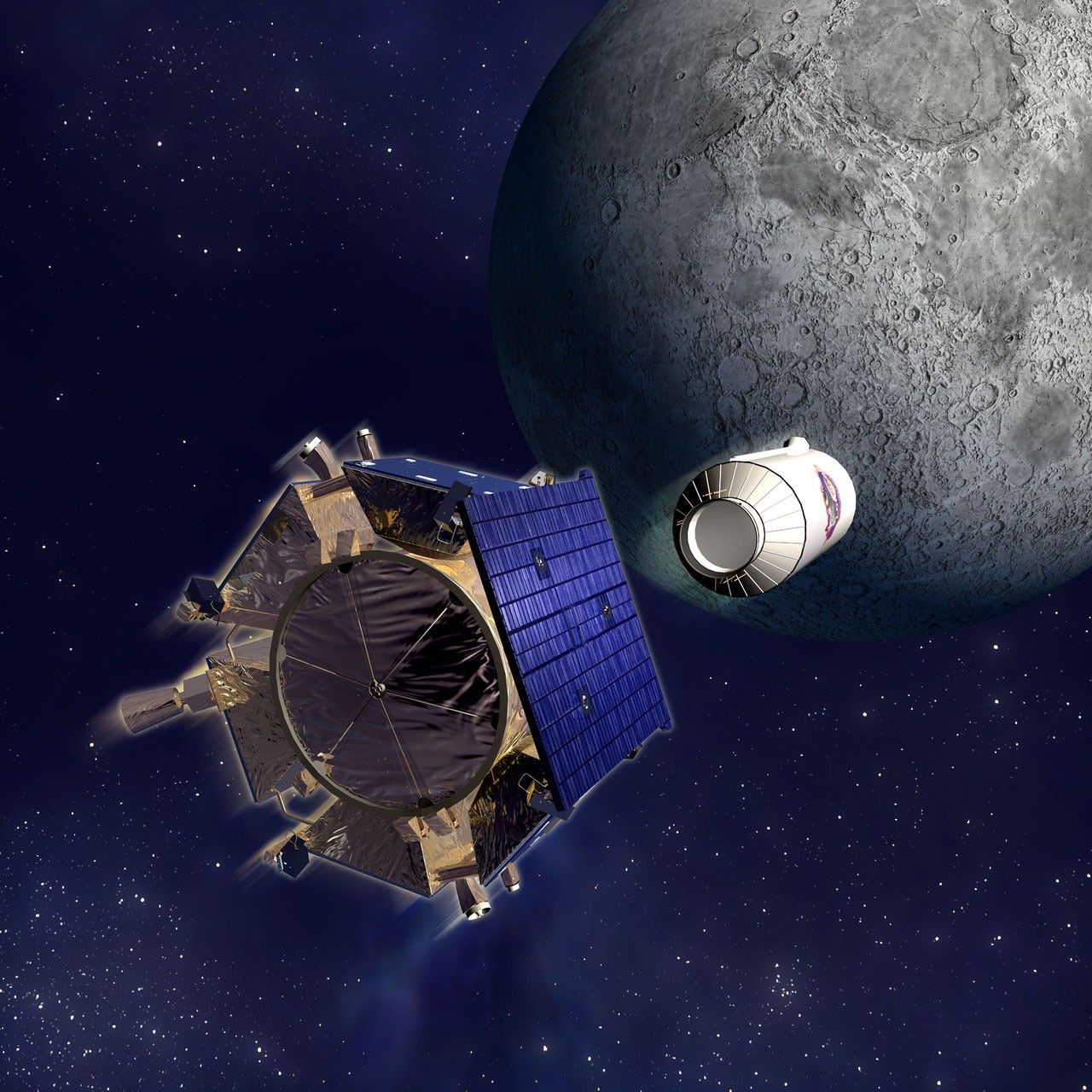 NASA
NASA
















